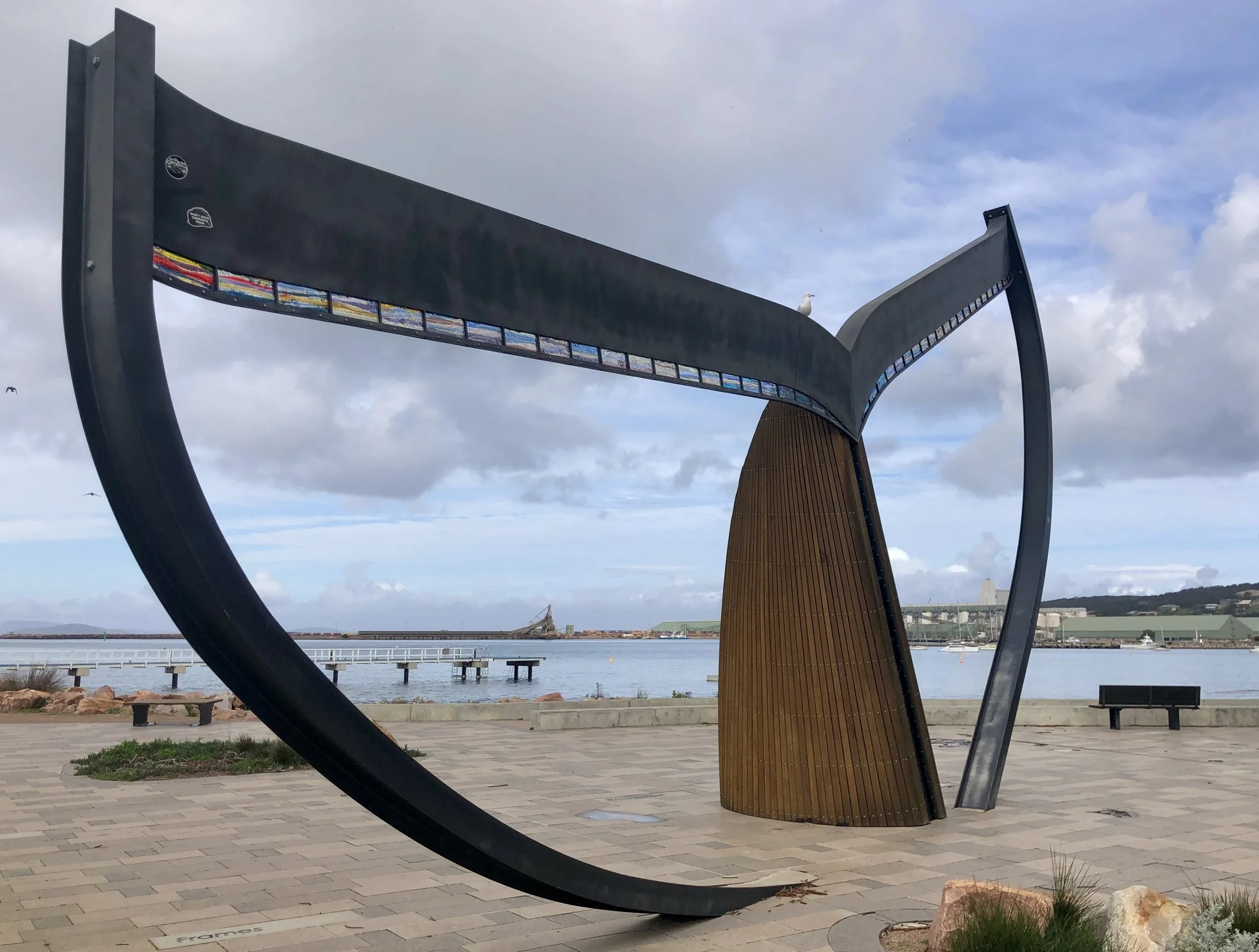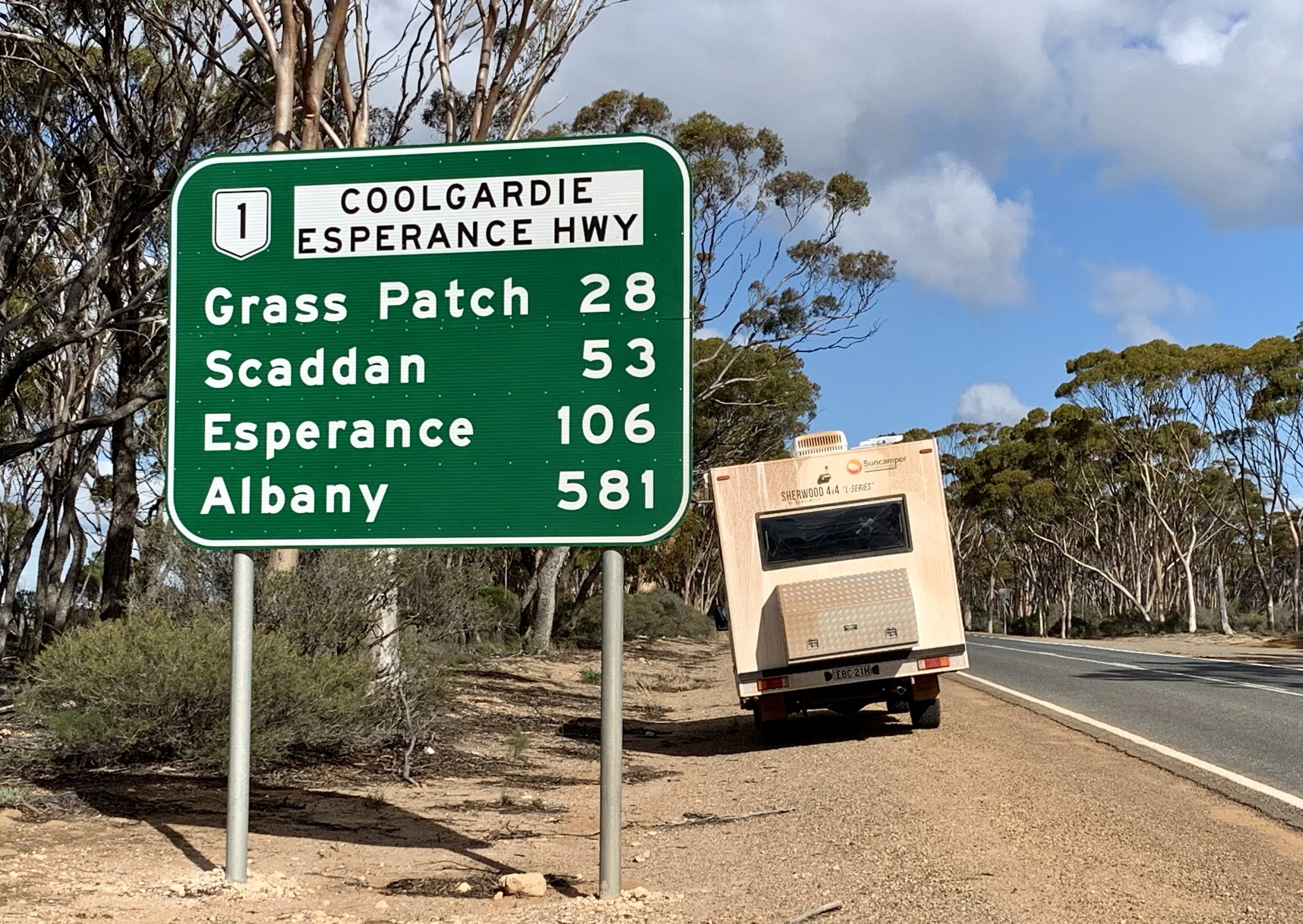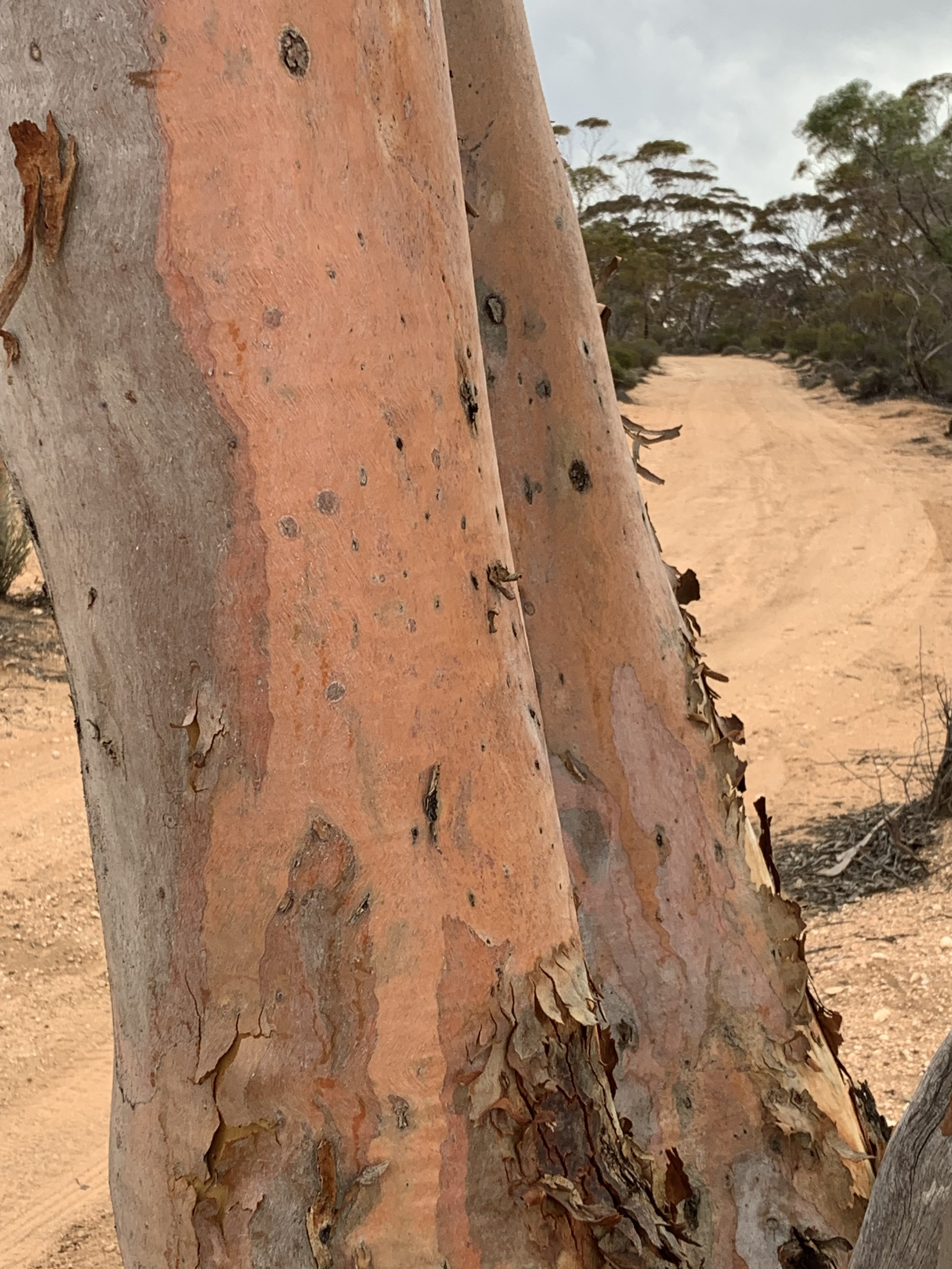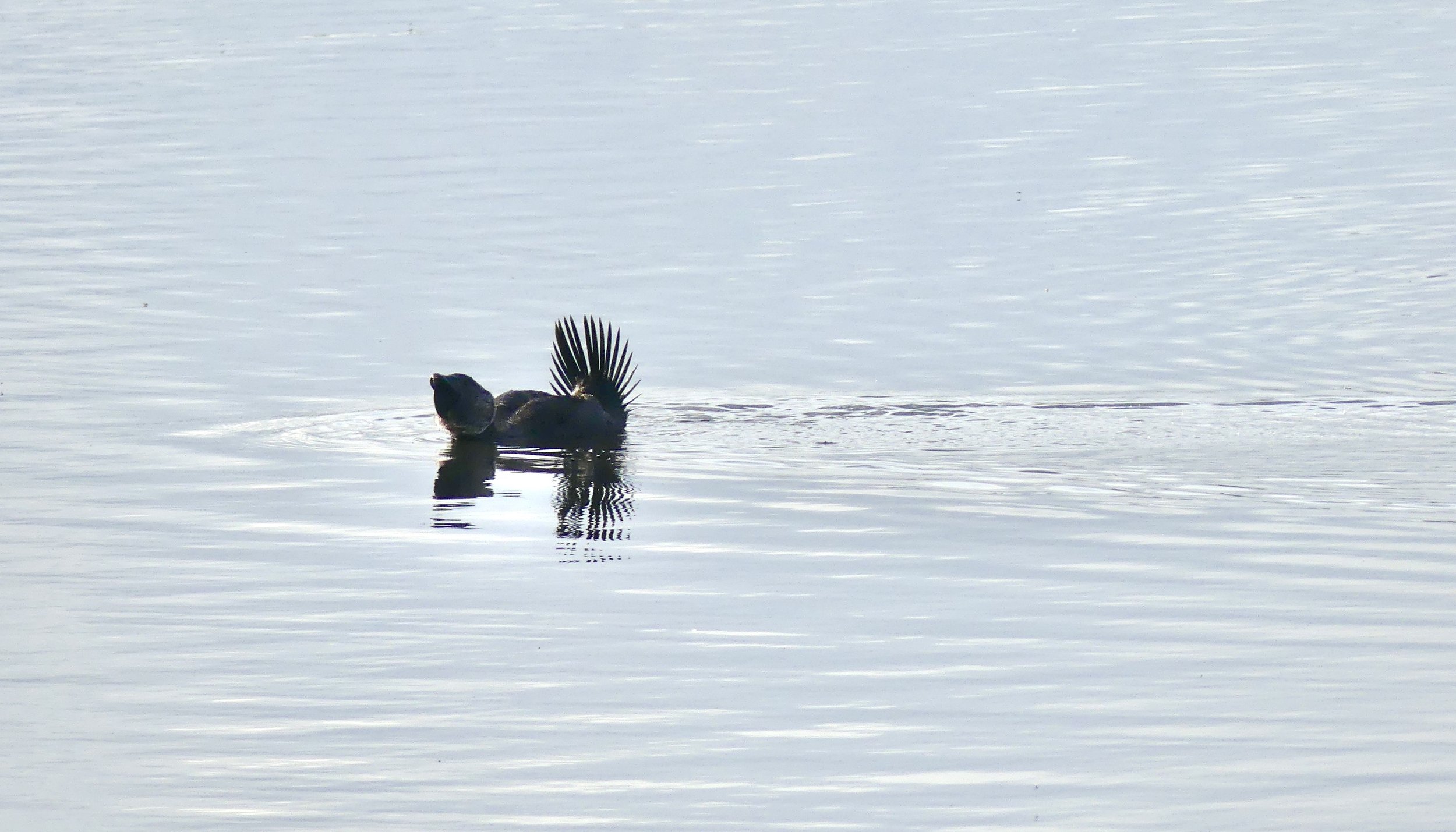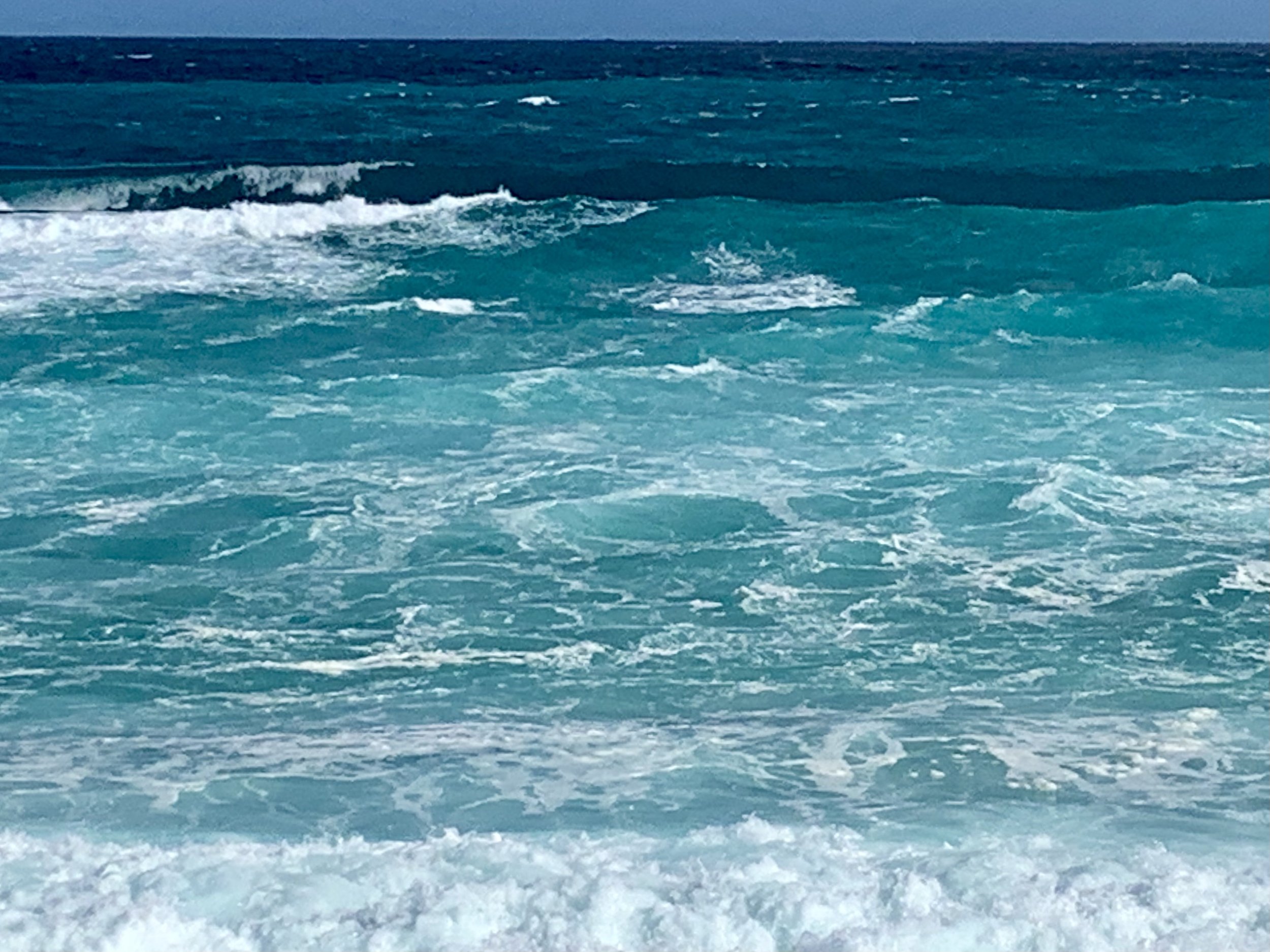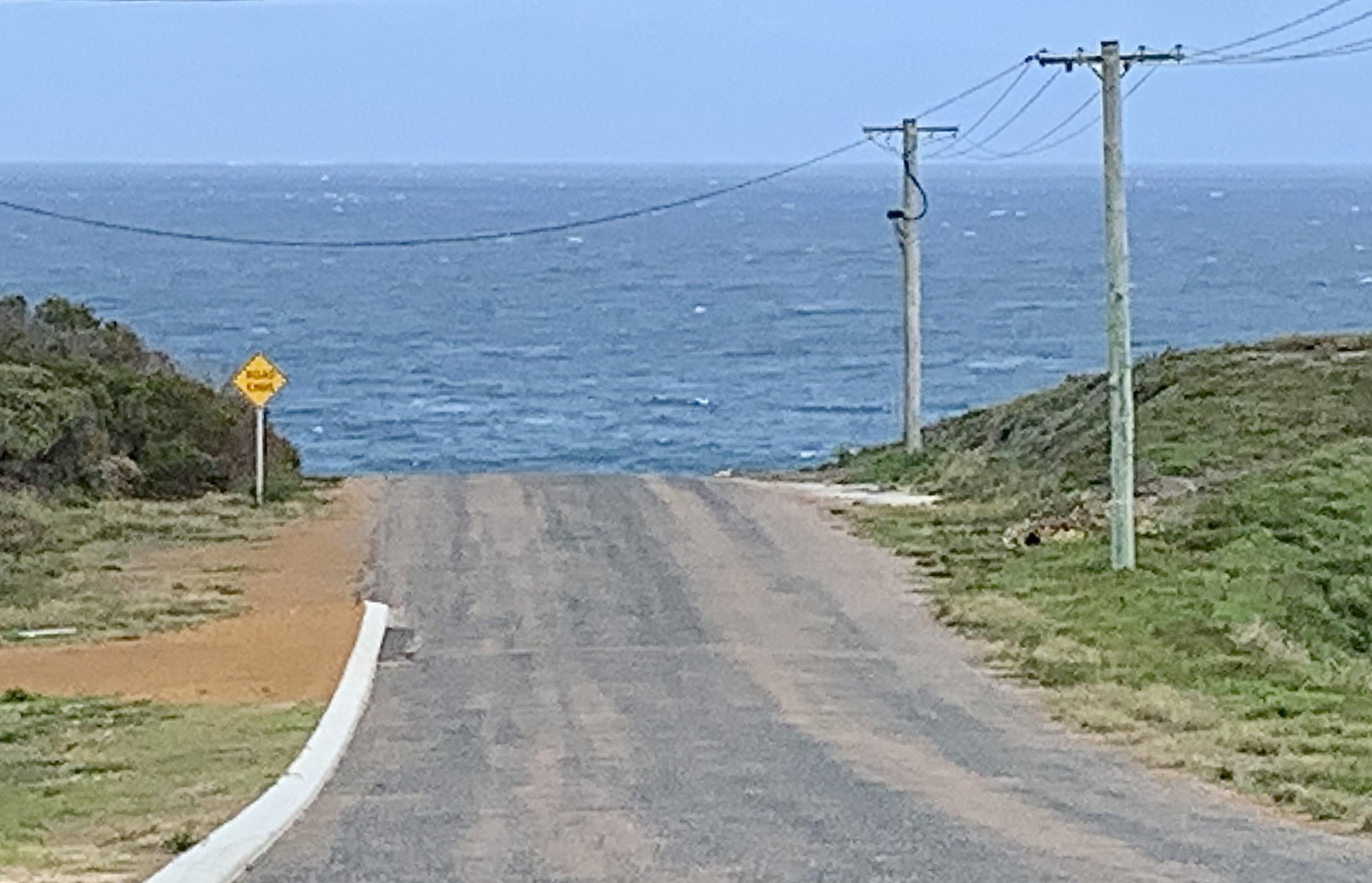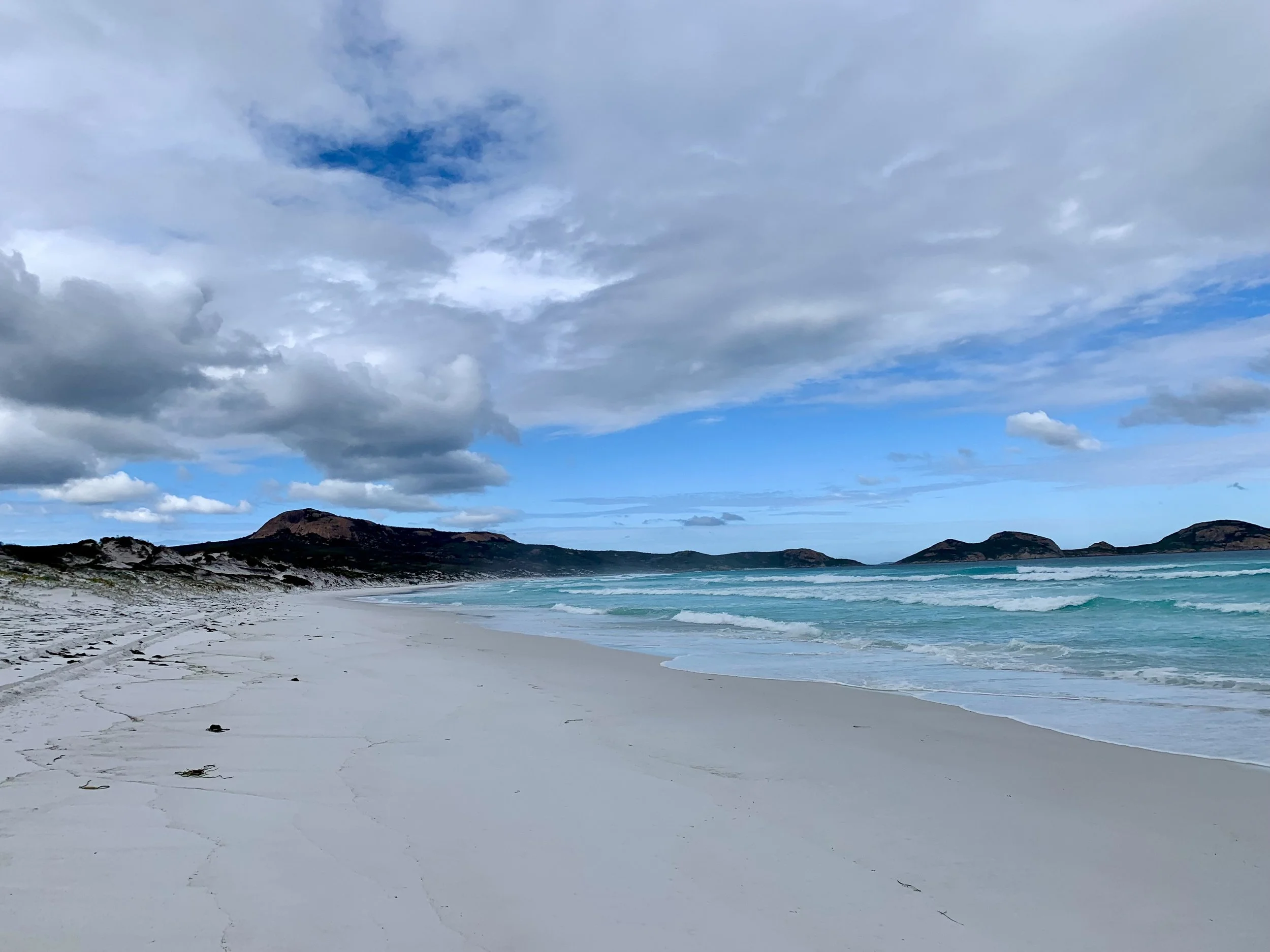Esperance
One of the best-named towns in Western Australia commemorates a French explorer’s ship that sheltered from a storm in the bay. Espérance means ‘hope’.
Unusually on the Big Trip, we had five nights in Esperance, a base from which to visit other places with intriguing names, such as Cape Le Grand and the Archipelago of the Recherche, where the pinkest Pink Lake of them all can be found, on Middle Island. Alas, we couldn’t do everything, but several days was certainly enough to establish a coffee habit and a favourite eatery in Taylor St Quarters.
The weather wasn’t being kind, however. My diary is a litany of grumbles.
Day 23: Norseman to Esperance (215 km)
‘Will it ever not be windy? Driving was hard in strong wind on a poor surface.’
Day 24: ‘I got trapped in the toilet block first thing by heavy rain… It continued, flooding all around The Van.’
Day 25: ‘The wind was supposed to get less by arvo, but didn’t. We both grew wind-weary.’
Day 26: ‘I braved the freezing shower block with its wire-netting ‘windows’ and non-existent door.’
Day 27: ‘Glorious day… The rain returned during the evening.’
Day 28: ‘Who knows anything about weather-forecasting? People are saying it’s going to get bad again, and are recommending not going on to Albany… We have a big decision to make.’
Camels on road
Beware camels on road
At the turn of the 20th century camels were commonplace in Norseman. They were used by gold prospectors; in the development of the wool industry; for the construction and maintenance of the east-west telegraph line; and for the transport of goods generally. Norseman’s wide main drag was determined by the turning circle of a camel train.
The town’s Woodlands Walk was less than a kilometre but highly informative, and with great views. Dundas Blackbutt is unique to this part of the world; but is it in any of my pix?
Gums hiding a gold mine
Twenty or so kilometres south of Norseman, Dundas was the site of an early gold find in 1894. It was no surprise to learn that Dundas was a ship’s captain who gave his name to hills and trees and rocks and things around here.
Dundas Blackbutt
Dundas Rocks
Dark beauties, but what are they?
Colour-co-ordinating trunks
The first day in Esperance was all about the foreshore: it was imperative we locate the Whale Tail Sculpture (top of page), with its dramatic open shape and stained glass panels.
Norfolk Island Pines
Largest port in southeast WA
Sunset beach
A few minutes from the centre of town, the 3.6-km Kepwari Wetland Trail had interesting vegetation. We spotted a musk duck from one of the hides, but few birds other than coots. There was, however, the most beautiful banksia flower ever.
Best in show
There were warnings about ‘the killer beneath our feet’. Dieback is a microscopic fungus that lives in soil and rots the roots of plants. It is carried in water and easily spread on the soles of the boots of walkers. Always keep to paths, boardwalks and roads.
The tree below is straight out of a fantasy storybook, where a will-o’-the-wisp entices unsuspecting souls into the dark tangle beyond… It’s a Paperbark, by the way, possibly the most accurately descriptive name of a tree you’ll come across.
Musk duck goes this way…
…and that
Musk ducks are strange beasts: this was only the second time we’d seen them. They like deep lakes and swamps, and rarely spend time on land, where they move awkwardly. They can stay submerged for up to a minute, and descend into the deep for several metres in search of safety or food. The male has a leathery lobe beneath the bill that expands in the breeding season. The stiff tail is trailed behind on the water or lifted forward and fanned over the back in display.
Life stage of a banksia
Esperance has a Great Ocean Drive, of course, a 40-kilometre loop. The wind whipped up the ocean, which was a stunning colour.
I wondered if the sign above should have been a tad larger, the end of the road being immediately over the brow, no carpark or nothing. And preceded by SLOW, perhaps? The Aussies do love their adventure tourism.
Also, I think the Archipelago of the Recherche is possibly the best name yet. Even five days in Esperance, however, were never going to be enough for a whole-day trip to Middle Island; which therefore remains on the List.

